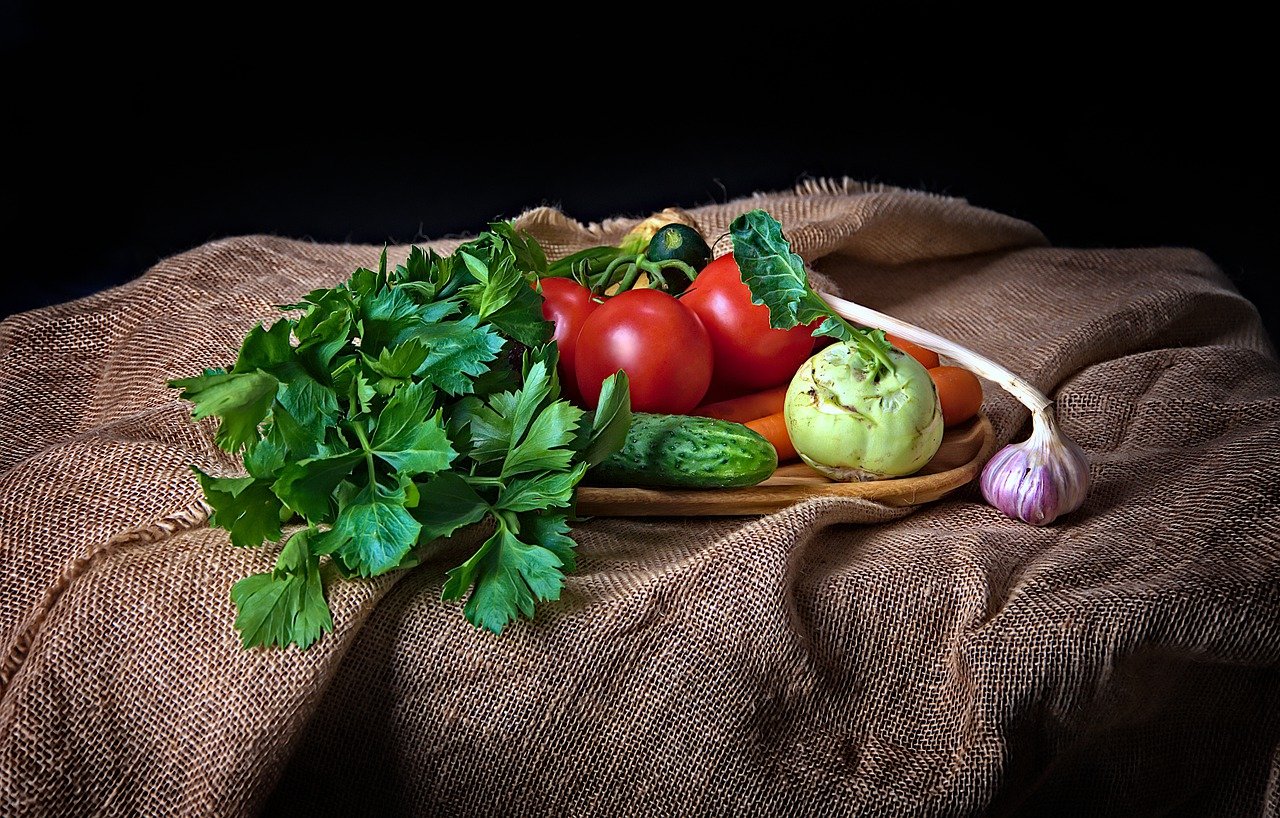The Evolution of Food Packaging: From Wax Paper to Bioplastics.
Packaging regulations serve as crucial guidelines for ensuring the safety and quality of products during the distribution process. These regulations are put in place to mitigate potential risks associated with packaging materials and methods, such as contamination or deterioration of the product. Complying with these standards not only safeguards consumers but also helps companies uphold their reputation and credibility in the market.
In today’s globalized market, adherence to international packaging standards has become imperative for businesses looking to expand their reach beyond national borders. Harmonizing packaging regulations across different countries facilitates smoother trade relationships and ensures consistency in product quality and safety standards. As consumer awareness and environmental concerns continue to grow, packaging regulations are evolving to promote sustainability and encourage the use of eco-friendly materials and practices.
Future Trends in Food Packaging
As the food packaging industry continues to evolve, sustainable packaging solutions are becoming increasingly prominent. Consumers are becoming more environmentally conscious, driving the demand for eco-friendly packaging options such as biodegradable materials and recyclable packaging. Manufacturers are responding to this trend by incorporating sustainable practices into their packaging designs to reduce environmental impact and meet consumer expectations.
Another emerging trend in food packaging is the integration of technology to enhance the packaging functionality. Smart packaging with features like temperature sensors, freshness indicators, and interactive labels is gaining popularity as consumers seek convenience and assurance of food safety. This integration not only improves the overall consumer experience but also helps in prolonging the shelf life of products and reducing food waste.
What are some of the key regulations and standards in food packaging?
Some key regulations and standards in food packaging include FDA regulations in the United States, EU regulations for food contact materials, and ISO standards for packaging materials.
What are some future trends in food packaging?
Some future trends in food packaging include increased use of sustainable materials, smart packaging with interactive features, and active packaging that helps extend the shelf life of food products.
How are regulations in food packaging expected to change in the future?
Regulations in food packaging are expected to become more stringent in terms of safety and sustainability, with a focus on reducing waste and minimizing the environmental impact of packaging materials.
What are some emerging technologies that may impact the future of food packaging?
Emerging technologies such as nanotechnology, biodegradable materials, and 3D printing are expected to have a significant impact on the future of food packaging, offering new possibilities for innovation and sustainability.
How can companies stay ahead of the curve in terms of future trends in food packaging?
Companies can stay ahead of the curve by investing in research and development, staying informed about regulatory changes, and actively seeking out new technologies and materials that can improve the safety and sustainability of their packaging solutions.





